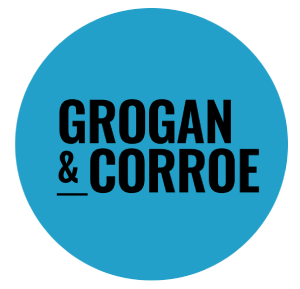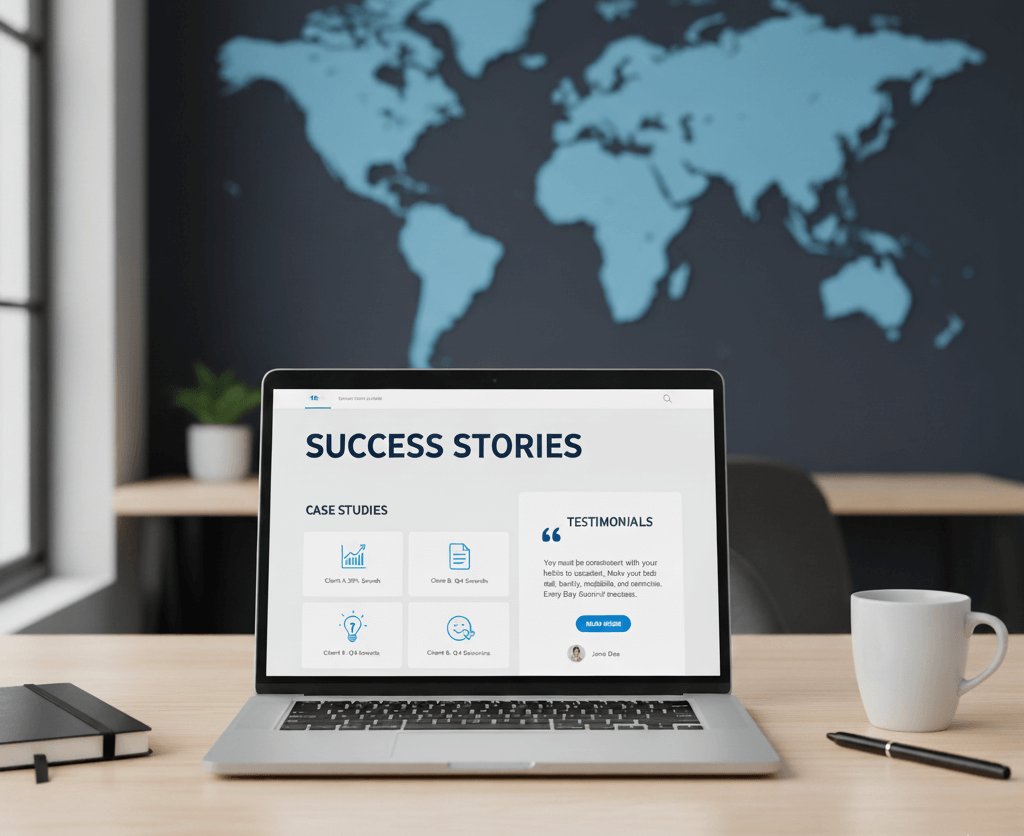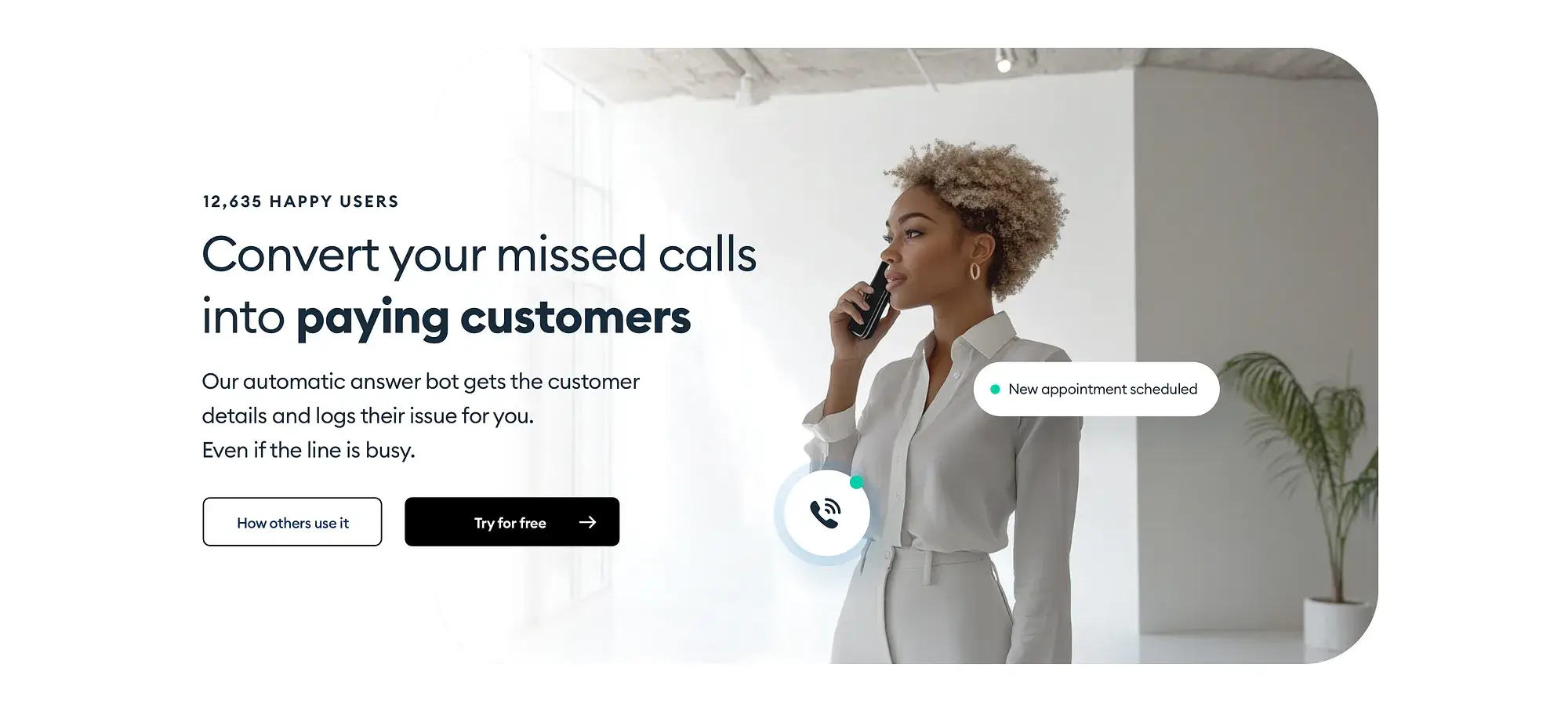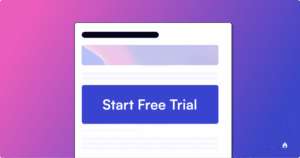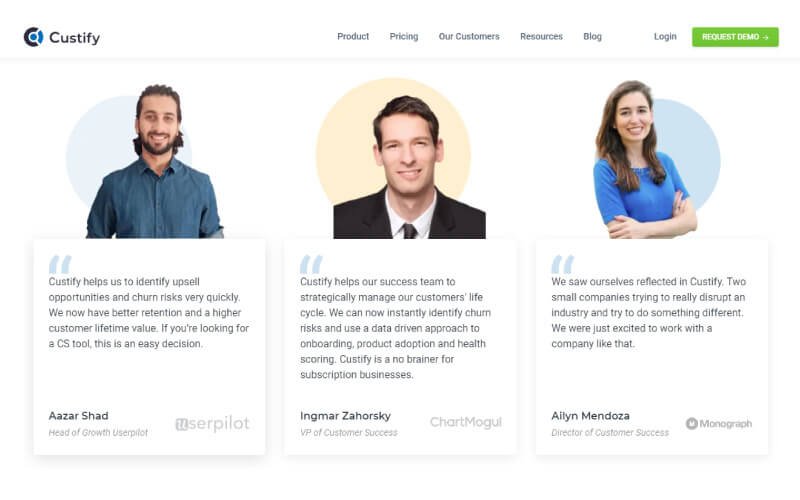The construction industry in Ireland is thriving, with demand for residential builds, heritage renovations, and commercial projects all on the rise. But with competition strong, a company’s website often becomes the deciding factor in whether an enquiry turns into a contract.
So what really works when it comes to web design for engineering and construction firms? The answer lies in building trust, filtering enquiries effectively, and presenting work in ways that resonate with potential clients.
Smarter enquiry forms
Preparing proposals takes time, resources, and expertise. To avoid investing effort in projects that aren’t a good fit, enquiry forms can help screen leads early. By asking questions about project type, location, budget, and timeline, firms can quickly judge whether a lead is worth pursuing.
This saves valuable hours while giving potential clients confidence that they’re dealing with a professional, structured business.
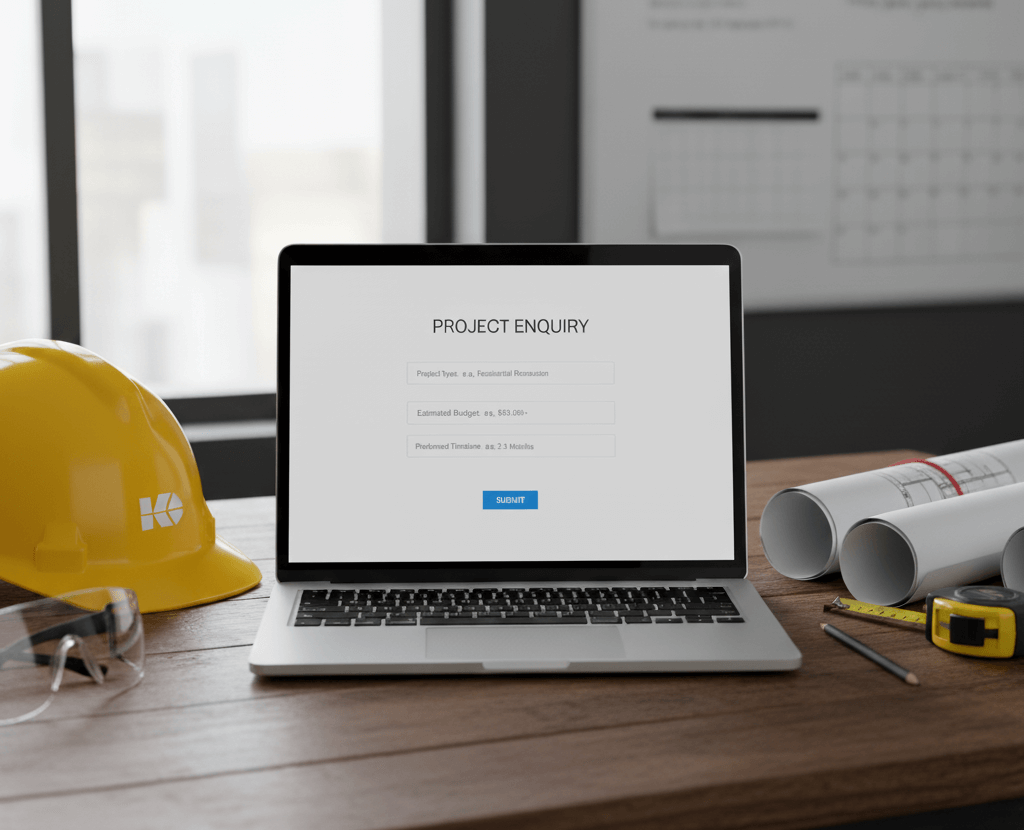
Portfolios that inspire as well as inform
Homeowners often browse Pinterest or Houzz for inspiration before ever contacting a builder. When they land on a construction firm’s website, high-quality visuals can make all the difference.
Well-staged photography of completed projects — from new builds to extensions and heritage work — places your work directly into the imagination of potential clients. A gallery or portfolio page acts as proof of quality and vision.
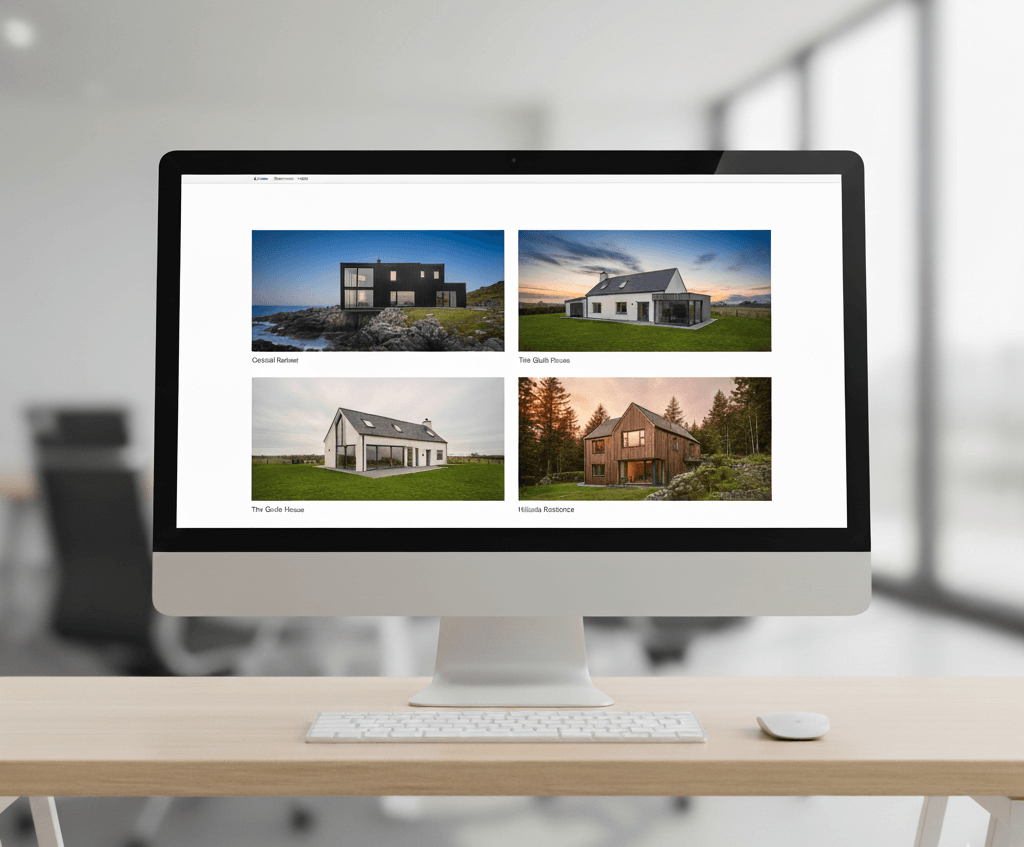
SEO that targets the right areas
Search engine optimisation isn’t about attracting clicks from everywhere — it’s about attracting the right clicks. For construction firms, this often means focusing on specific areas.
For instance, a company specialising in Georgian house renovations will see better results targeting affluent neighbourhoods with many Georgian homes, rather than chasing generic traffic. Tailoring content and landing pages to these geographies improves visibility with the audiences most likely to enquire.

Professional memberships as reassurance
Logos and badges from industry bodies such as Engineers Ireland, the Construction Industry Federation (CIF), or ISO certification offer subconscious validation. They reassure visitors that a firm operates to recognised standards.
Placing these logos clearly on a homepage or enquiry page helps establish trust without needing lengthy explanations.
Other trust builders that work
-
Case studies with detail: short write-ups of challenges solved and results delivered.
-
Service clarity: distinguish clearly between residential, commercial, and specialist work.
-
Fast, mobile-friendly design: crucial for homeowners browsing on their phones.
-
Regular updates: project news, community work, or awards keep the site fresh.
-
Visible team profiles: professional photos of directors or managers humanise the company.
Building trust online
Choosing a contractor isn’t a small decision. It requires confidence, reassurance, and proof that a company can deliver. A strong website can support this decision-making process: filtering enquiries, showcasing work, and signalling credibility.
For Irish construction firms, the opportunity is clear. Those who invest in thoughtful, professional websites are far more likely to win the right kind of projects — and the right kind of clients.

